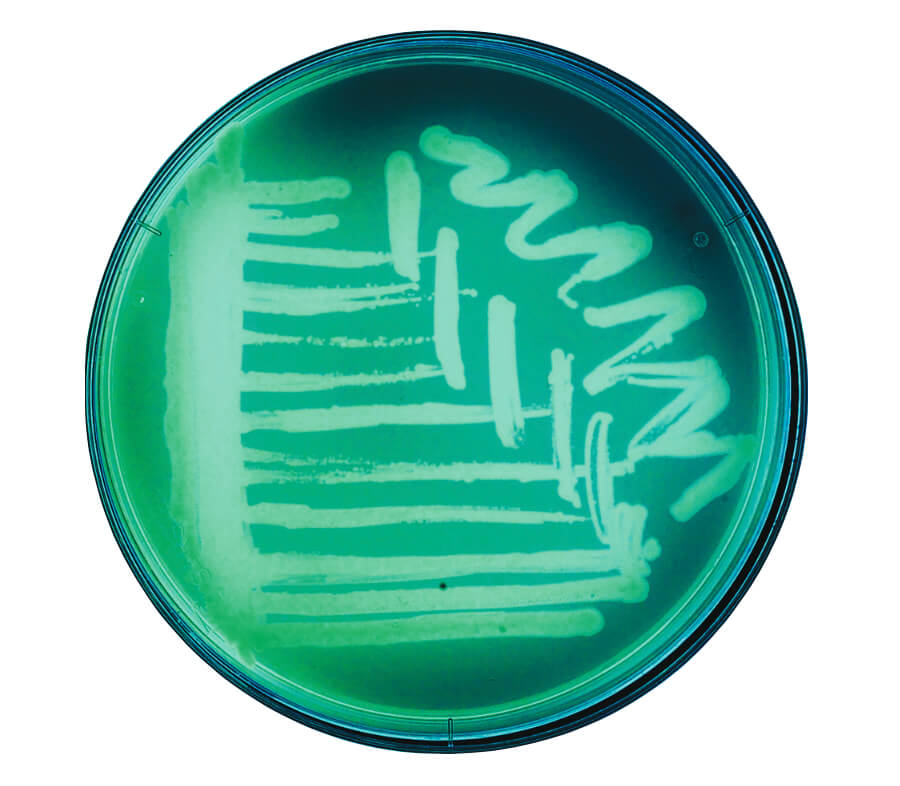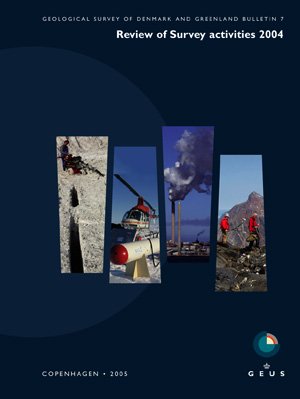
How to Cite
Share
Abstract
Steam treatment of contaminated soil and aquifer sediment is a promising method of cleaning soil. The treatment is based on steam injection into a water saturated porous aquifer (Gudbjerg et al. 2004), by which the heat transfers the contaminants into the vapour phase, allowing entrapment in an active carbon filter connected to a large vacuum suction device. The treatment is effective against several important groundwater contaminants, including pentachlorophenole and perchloroethylene, typically found in association with industrial processes or dry cleaning facilities. Furthermore, as an example of removal of non-aqueous phase liquids (NAPLs) large amounts of creosote have been recovered after steam injection in a deep aquifer (Kuhlmann 2002; Tse & Lo 2002). Steam treatment is dependent on the complete heating of the soil volume under treatment. The steam has a strongly adverse impact on trees and other plants with deep root systems within the soil, but no other visible effects have been reported. The aim of the activities undertaken during collaborative projects carried out by the Geological Survey of Denmark and Greenland (GEUS) and the Danish Institute of Agricultural Sciences (DJF) for the Danish Environmental Protection Agency and the local authorities in Copenhagen (Københavns Amt) was to establish to what extent the microbial community was affected by the steam treatment of the soil. A few results from the literature indicate that the microbial activity increases in steam treated soil (Richardson et al. 2002), probably due to microbial degradation of the soil contaminants in combination with microbial utilisation of heatkilled organisms. It is, however, not known whether this increased microbial activity is associated with the development of pathogenic micro-organisms; these are typically able to grow at higher temperatures than the general microbial community in soil.
How to Cite
Share
Downloads
Editors: Martin Sønderholm & A.K. Higgins
The Review of Survey activities presents a selection of 18 papers reflecting the wide spectrum of activities of the Geological Survey of Denmark and Greenland, from the microbial to the plate tectonic level.
Activities in Denmark: The Survey's activities in Denmark are documented by 11 papers. The main themes [...]










